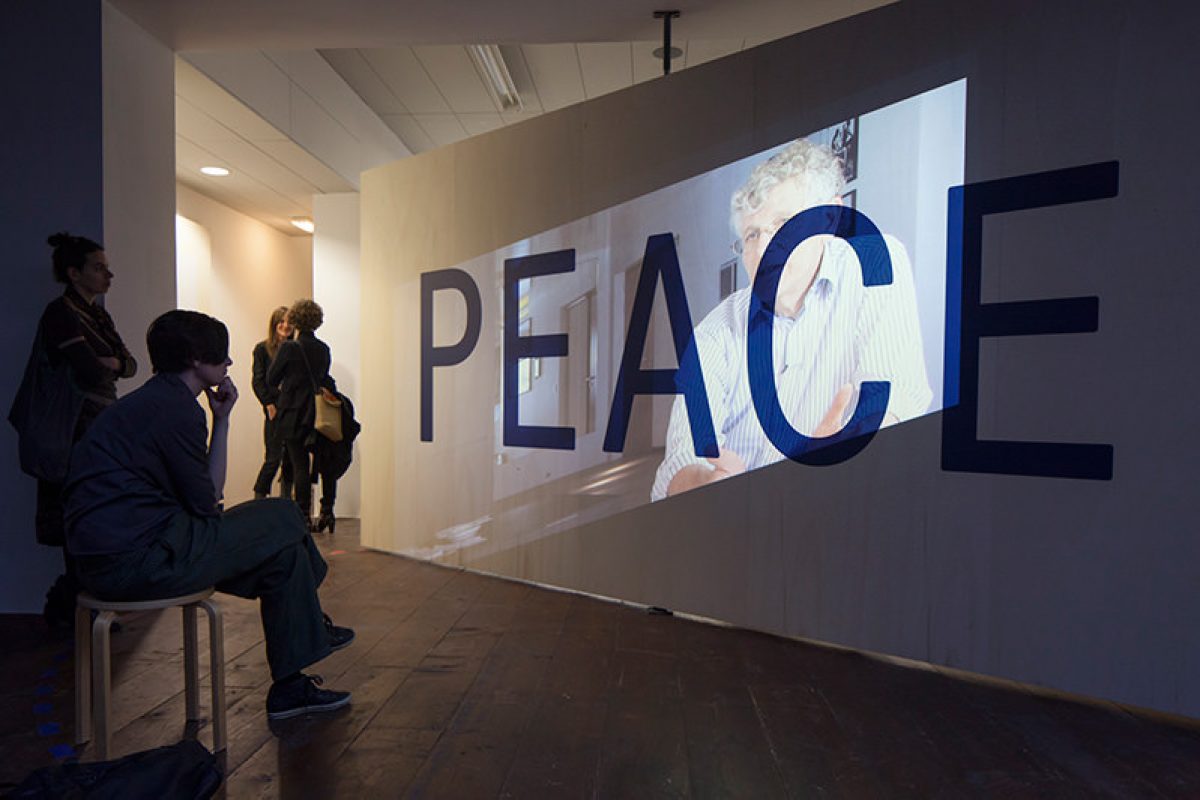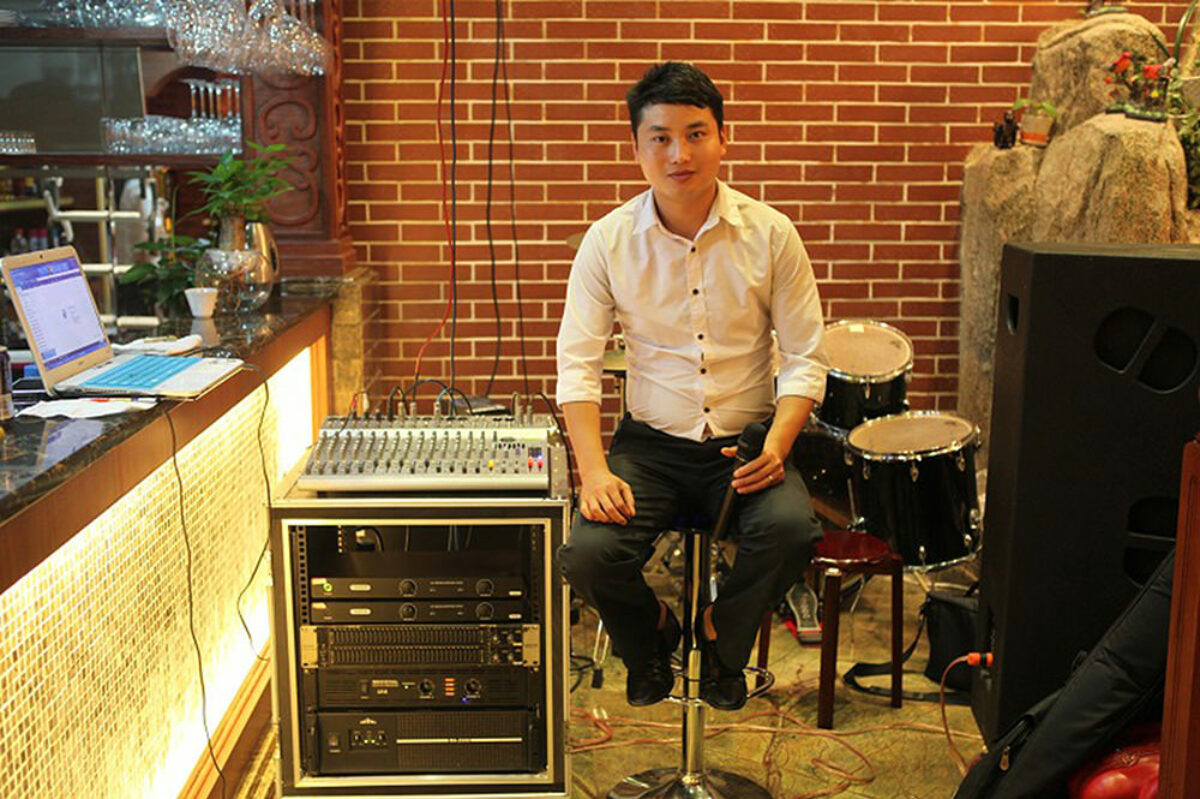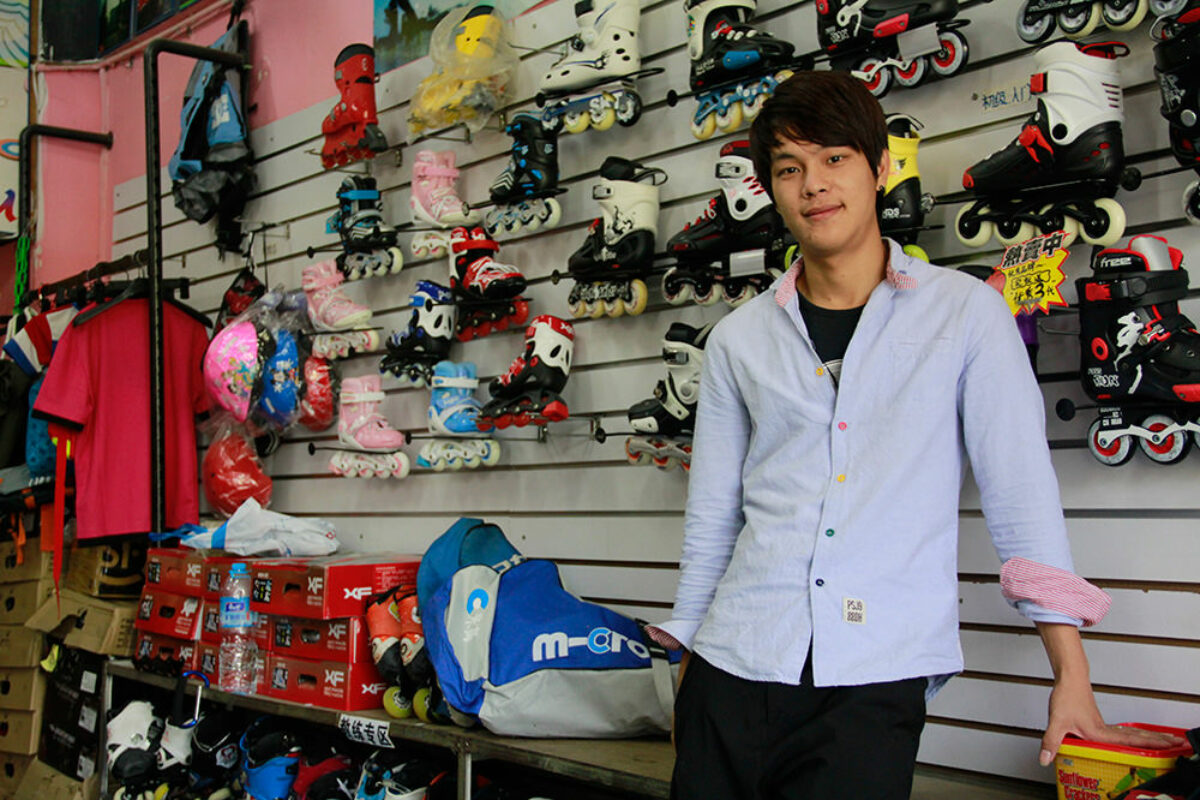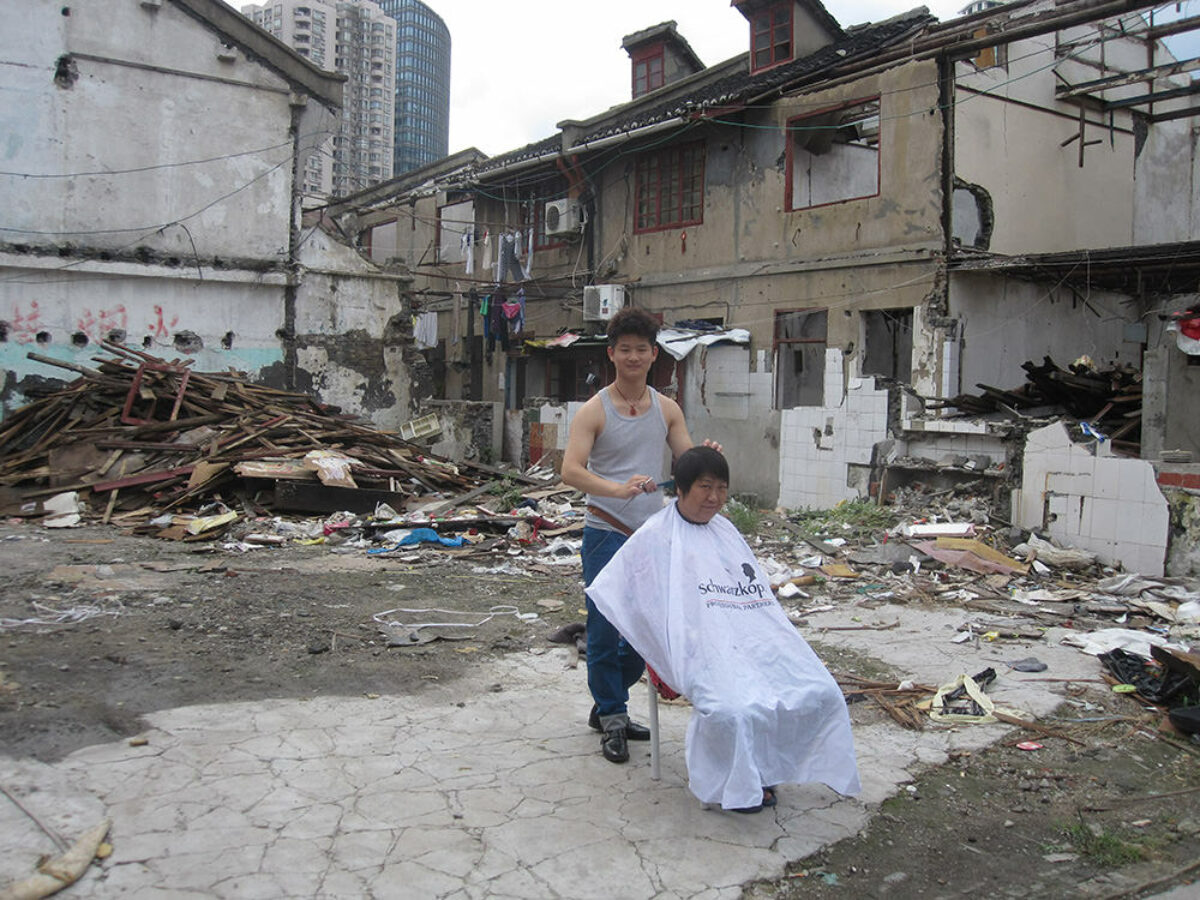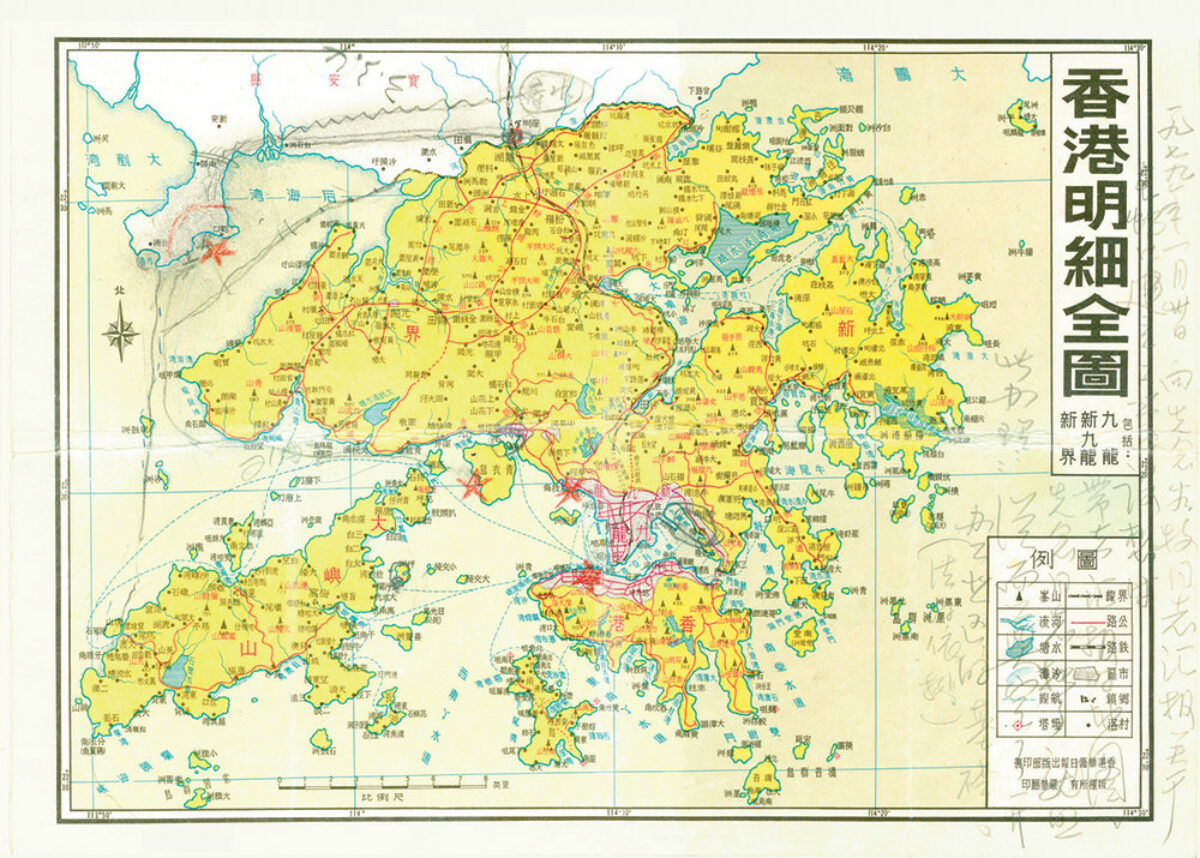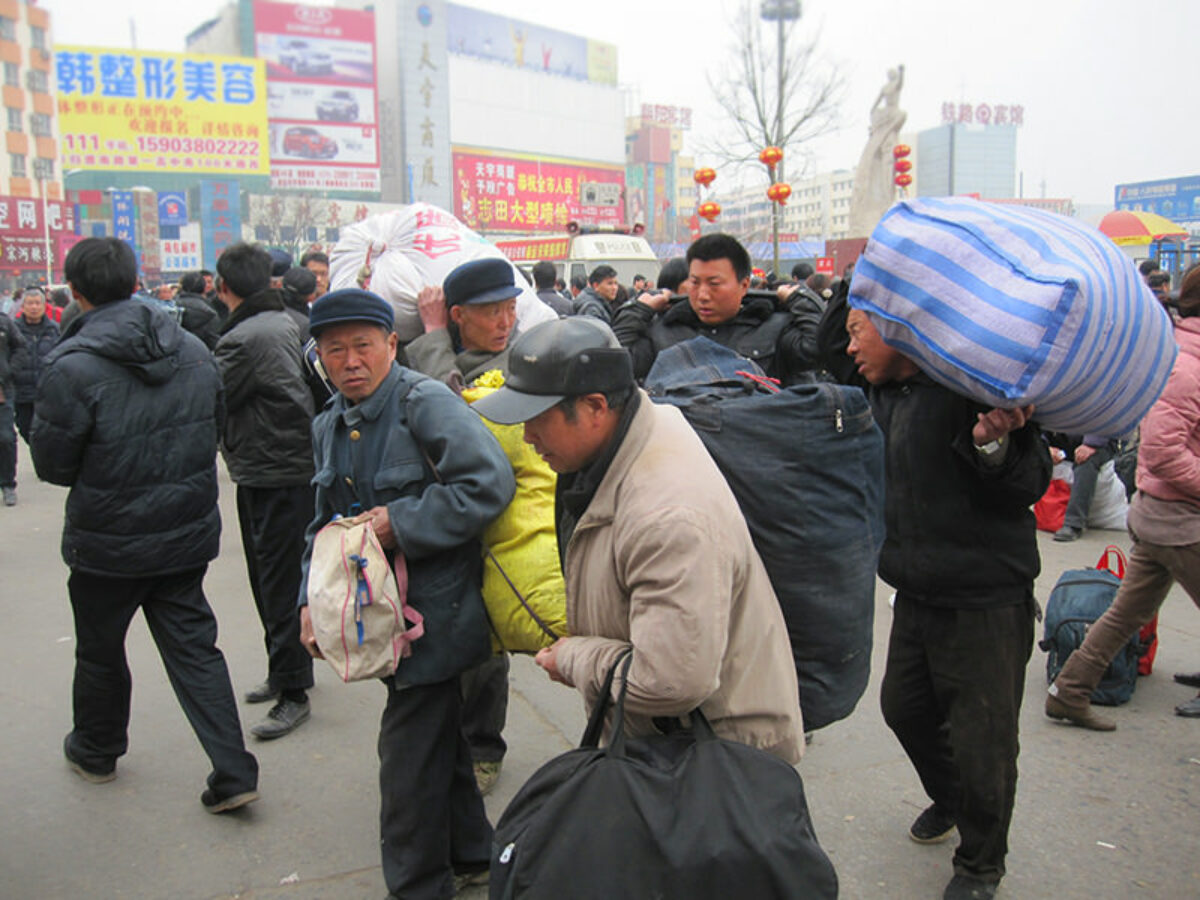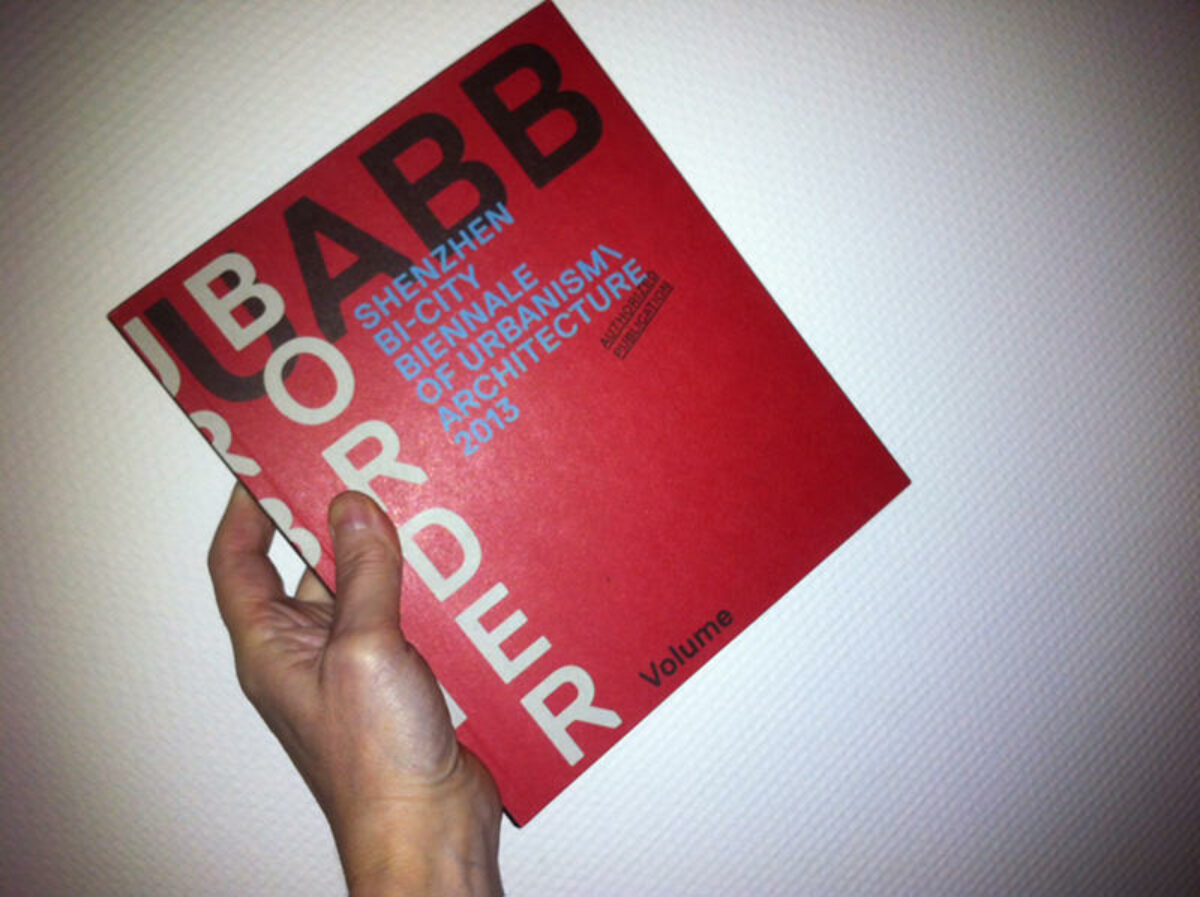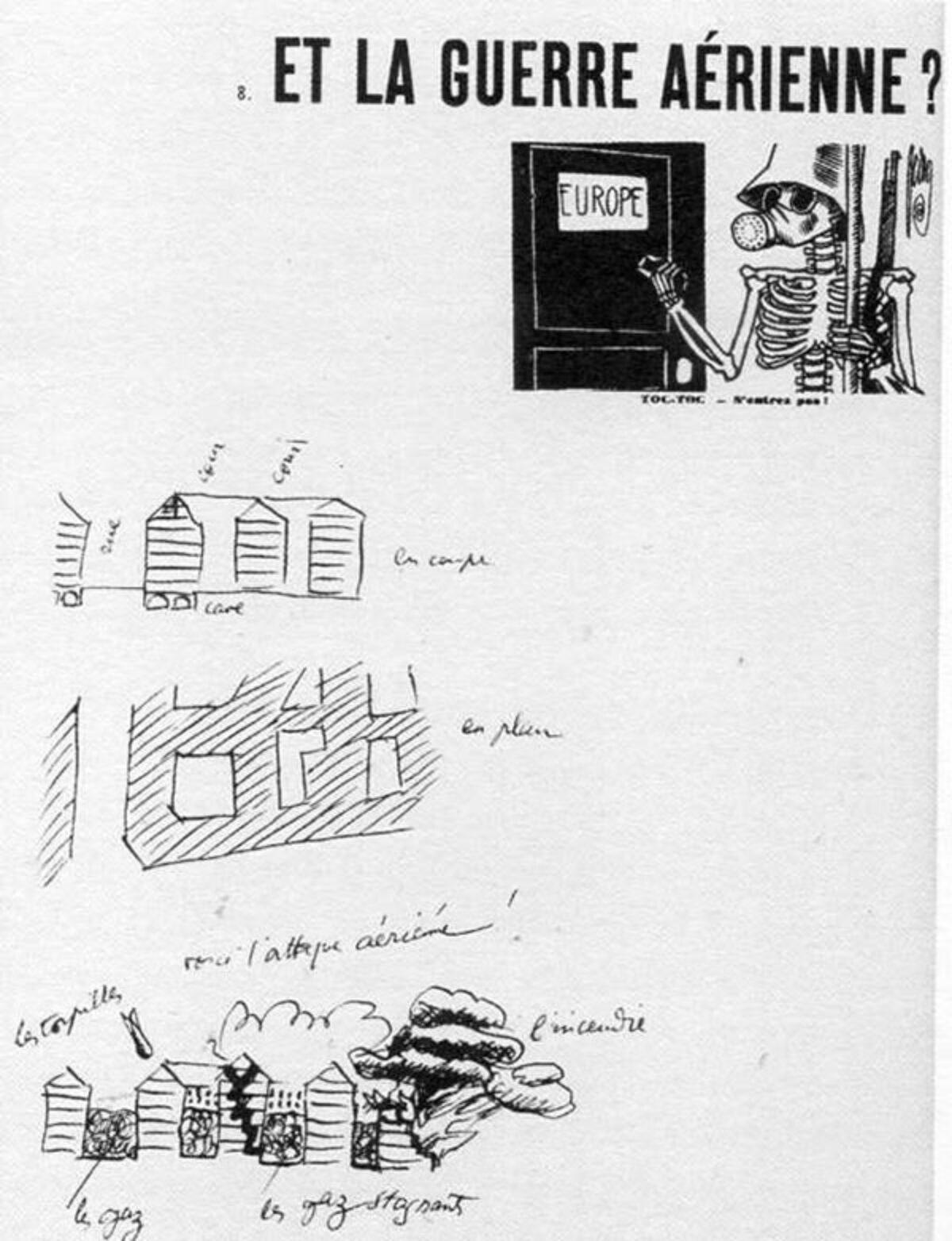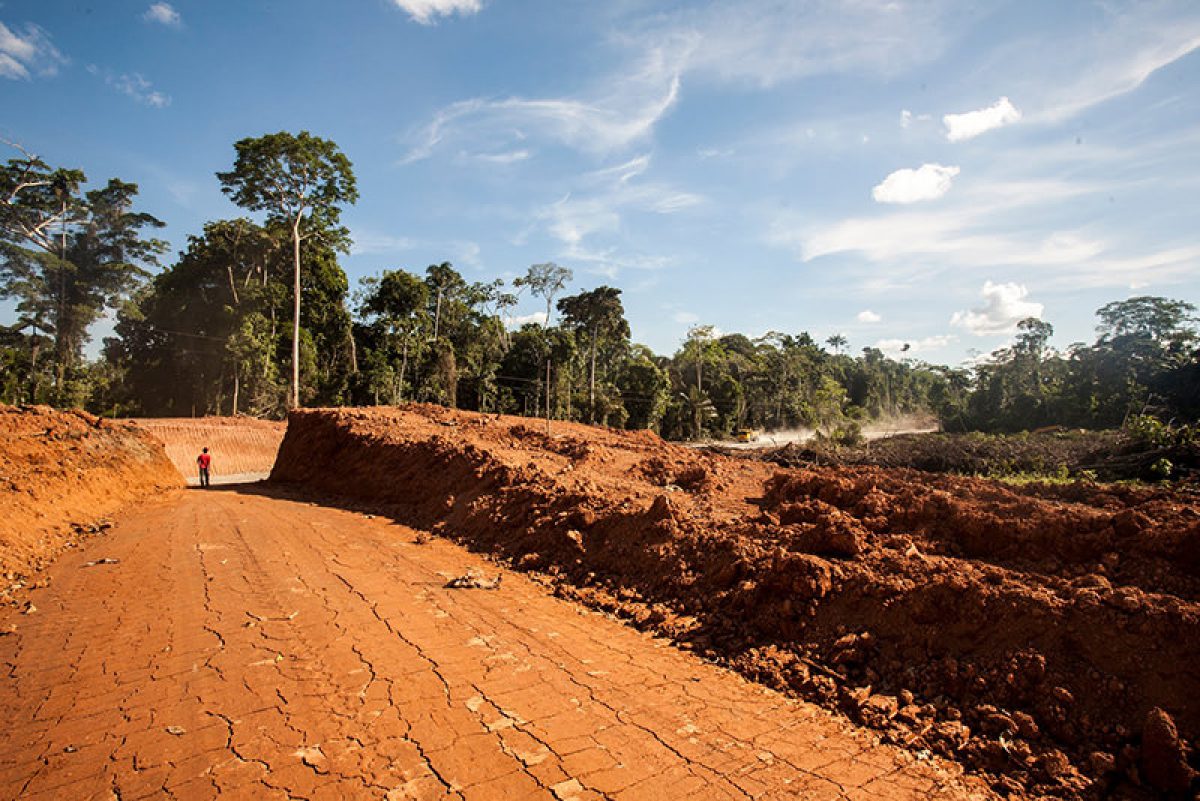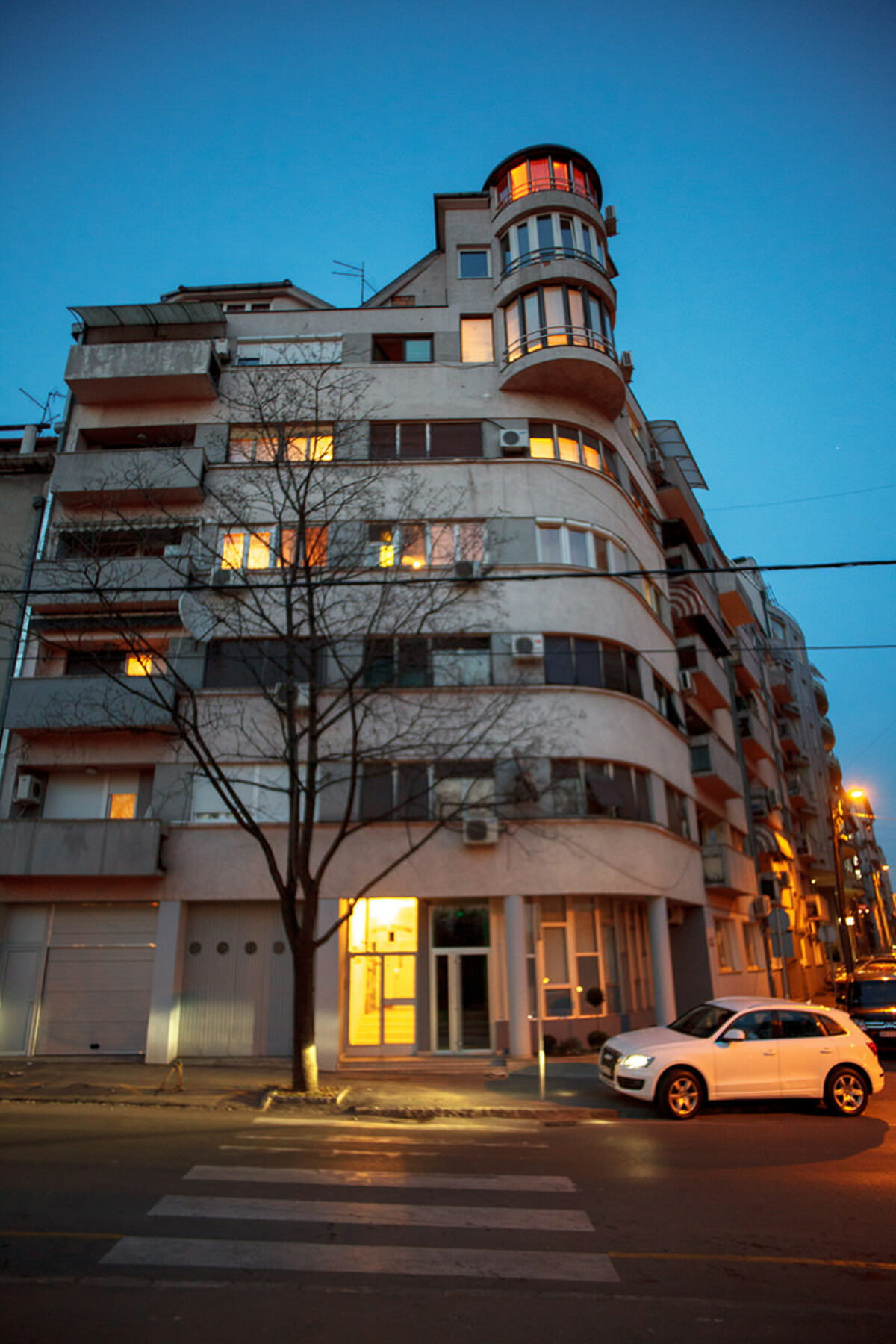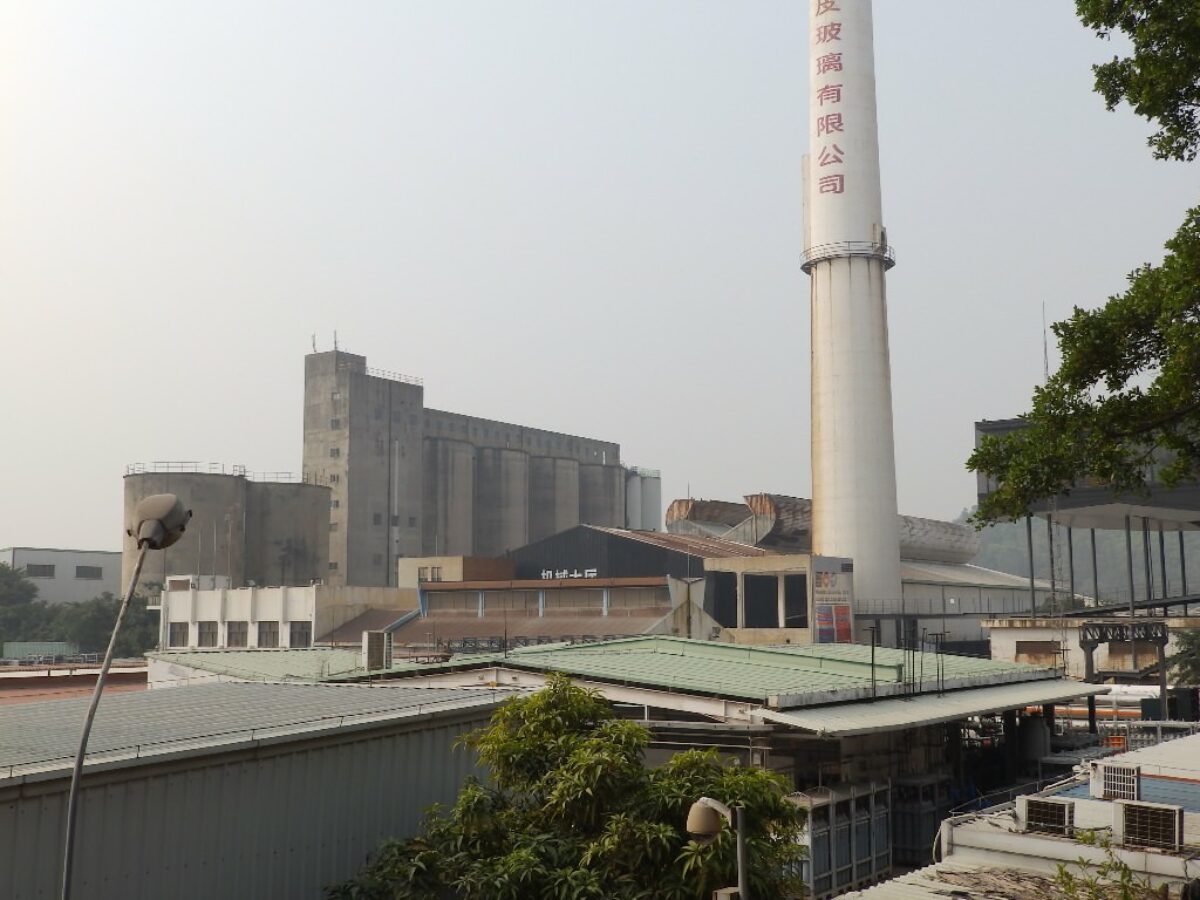The Netherlands has two new prizes, the Geert Bekaert Prize for Architecture Criticism and the Simon Mari Pruys Prize for Design Criticism. They’re promoting ‘a vibrant design culture’ by stimulating writing and reflection and awarding the prize to one critique, not to a critic. Initiated by Archined and Design Platform Rotterdam they were awarded for the first time in Amsterdam on March 20th 2014. For architecture the award went to Plain Weirdness: The Architecture of Neutelings Riedijk, a text in El Croquis by the former Director of the Netherlands Architecture Institute, now Director of the Cincinnati Art Museum, Aaron Betsky. The Simon Mari Pruys Prize went to Sander Manse for his essay on the use of models in designing design.
Last December, the editorial team of Volume spent three weeks in Shenzhen to work on the official catalogue of the 5th Shenzhen Bi-City Biennale of Urbanism/Architecture (UABB). The UABB Catalogue was presented on Friday February 28 with a special event during the Biennale's closing ceremony.

